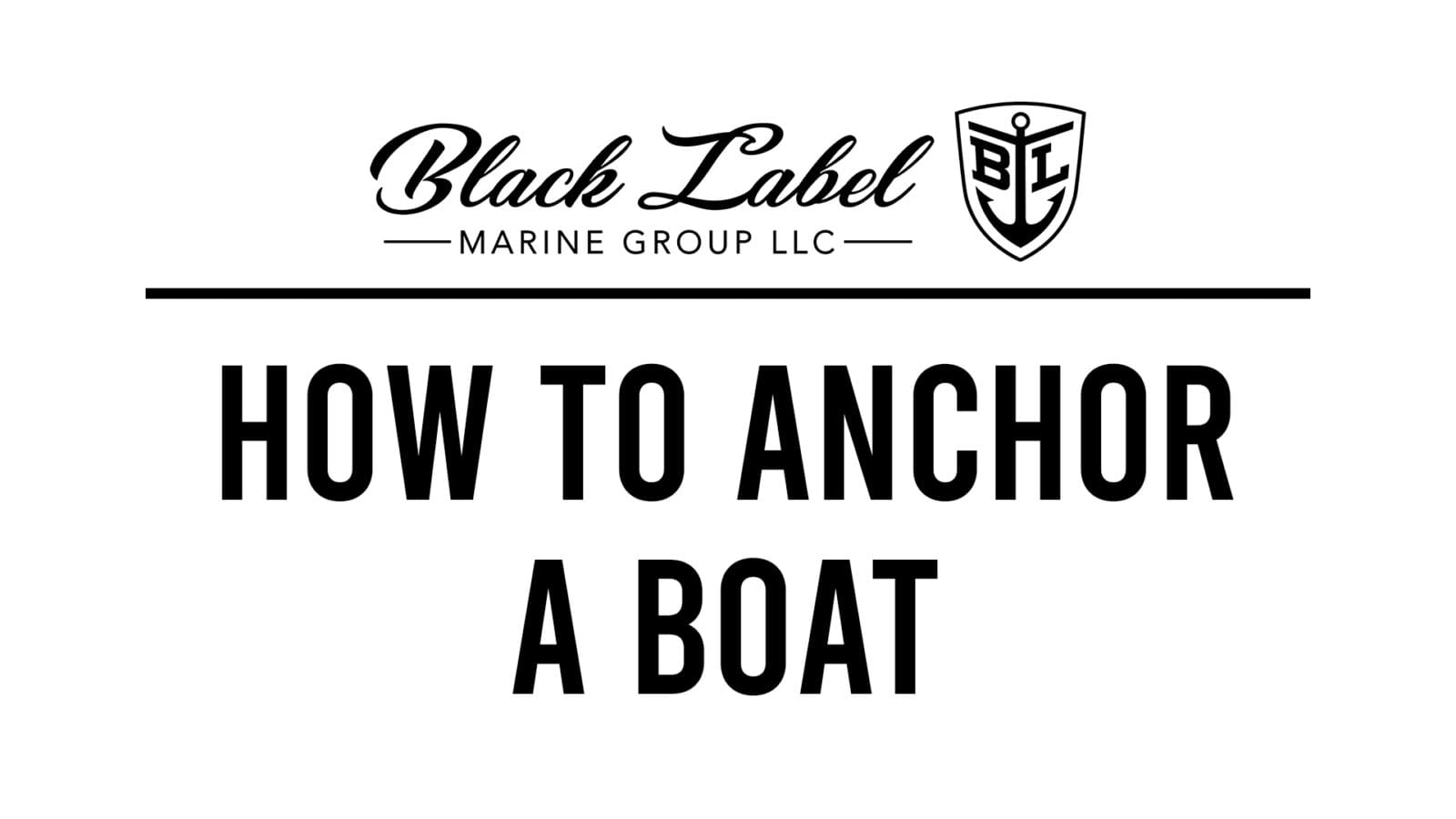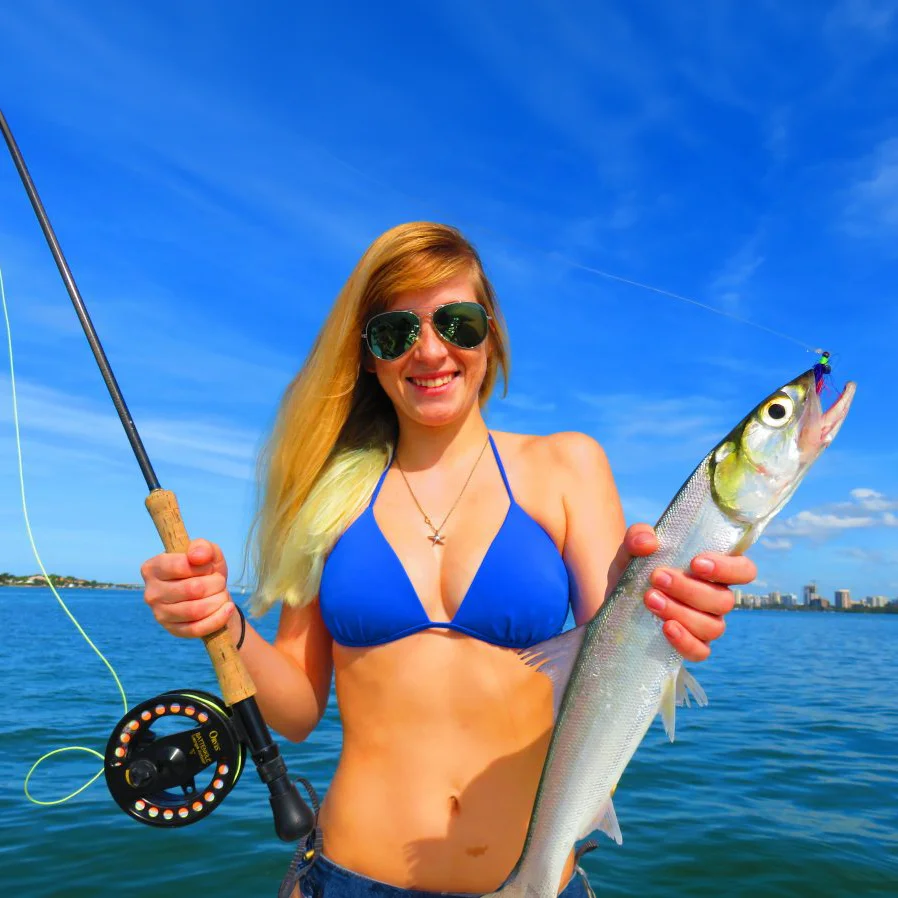Learning how to anchor a boat is a basic seamanship skill that every boater should master. Understanding how to set the anchor and retrieve an anchor is critical—an anchor can hold your boat in place in a secluded cove for a few hours of swimming or an overnight stay, but it’s also an essential piece of safety gear. If your boat engine fails, a well-set anchor will keep wind or current from drifting your disabled boat onto a shoal or ashore, where it could be damaged.
HOW TO ANCHOR A BOAT
- Determine the water depth where you want to drop anchor.
- Calculate the correct amount of anchor scope (a 7:1 ratio is recommended).
- Lower the anchor and let out enough scope, then secure the rope to a bow cleat.
- Ensure there is no drag—use landmarks or onboard electronics to measure movement.
- If needed, reset the anchor.
- To retrieve the anchor, slowly motor toward the anchor while pulling in the rope.
- Remember, never tie off an anchor to the stern of a boat.
Keep in mind there are different types of anchors out there. Each anchor comes in different sizes and serves a unique purpose. Some anchor types are as follows
- Mushroom Anchor
- Danforth or Fluke Anchor
- Plow Anchor
- Claw Anchor
- Grapnel Anchor
Make sure you do your research to get the right type of anchor as it’s not a one size fits all kind of situation. For example, the most-common pleasure boat anchor type is the Danforth, and the plow or scoop anchor.
SETTING AN ANCHOR
- If possible first determine the water depth where you want to drop anchor, using a depth finder if one is on the boat. Water depth will determine the correct amount of anchor scope required; the scope is the ratio of the length of the anchor rode you will want to pay out to the depth of the water.
- A scope ratio of 7:1 (seven feet of scope to one foot of water depth) is usually recommended when there is room. If, for example, you know the water depth is 10 feet, motor into the wind or current about 70 feet beyond the point where you want the boat to lie on anchor and drop the anchor.
- Then, either let the wind or current carry you back 70 feet, or move the boat in reverse that distance if there is no wind or current.
- When you’ve let out enough scope, secure the rode to a bow cleat.
- Then apply some power in reverse to set the anchor in the bottom.
Something important to note is to make sure the anchor is set to the bottom and not dragging at the bottom. You can sight on two landmarks on shore, or use electronics such as GPS, a chart plotter, or a depth finder to sound an alarm if the boat is moving. If the wind, current or tide changes and causes the boat to swing over the anchor, it may reset itself on the bottom. If it does not you’ll need to re-set the anchor. It’s important to stay vigilant at all times when anchored.
Here are a few additional factors to keep in mind when anchoring a boat:
- Never tie off an anchor to the stern of a boat, or try to pull up a stuck anchor by pulling with the engine after securing the rode to a stern cleat.
- You may actually pull the stern low enough to swamp the boat—water may come over the stern and fill the boat—resulting in a very dangerous situation.
- If you can’t release a stuck anchor, it’s best to simply cut the line and replace the anchor.
And there you have it! Anchoring is an extremely important skill to know while boating and is important you practice as much as possible to really master it.






 Discover Black Label Marine Group — Florida’s premier boat dealership. From Ocala to Clearwater to Punta Gorda, we offer an unparalleled boating experience with a curated selection of top brands like Sea Fox, Caymas, Crownline, and Finseeker. Dive into your next adventure with us and become part of the Black Label boating family!
Discover Black Label Marine Group — Florida’s premier boat dealership. From Ocala to Clearwater to Punta Gorda, we offer an unparalleled boating experience with a curated selection of top brands like Sea Fox, Caymas, Crownline, and Finseeker. Dive into your next adventure with us and become part of the Black Label boating family!